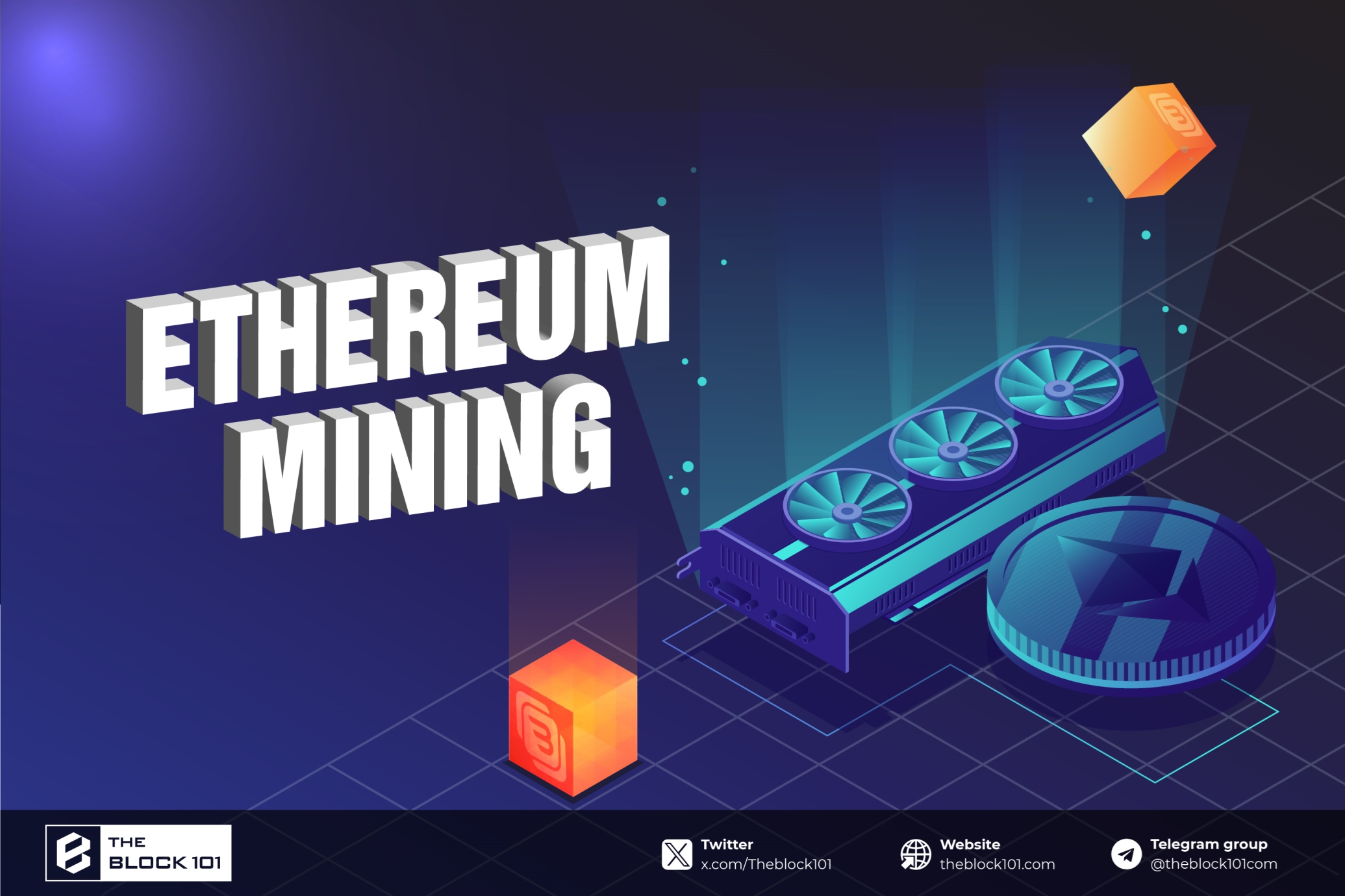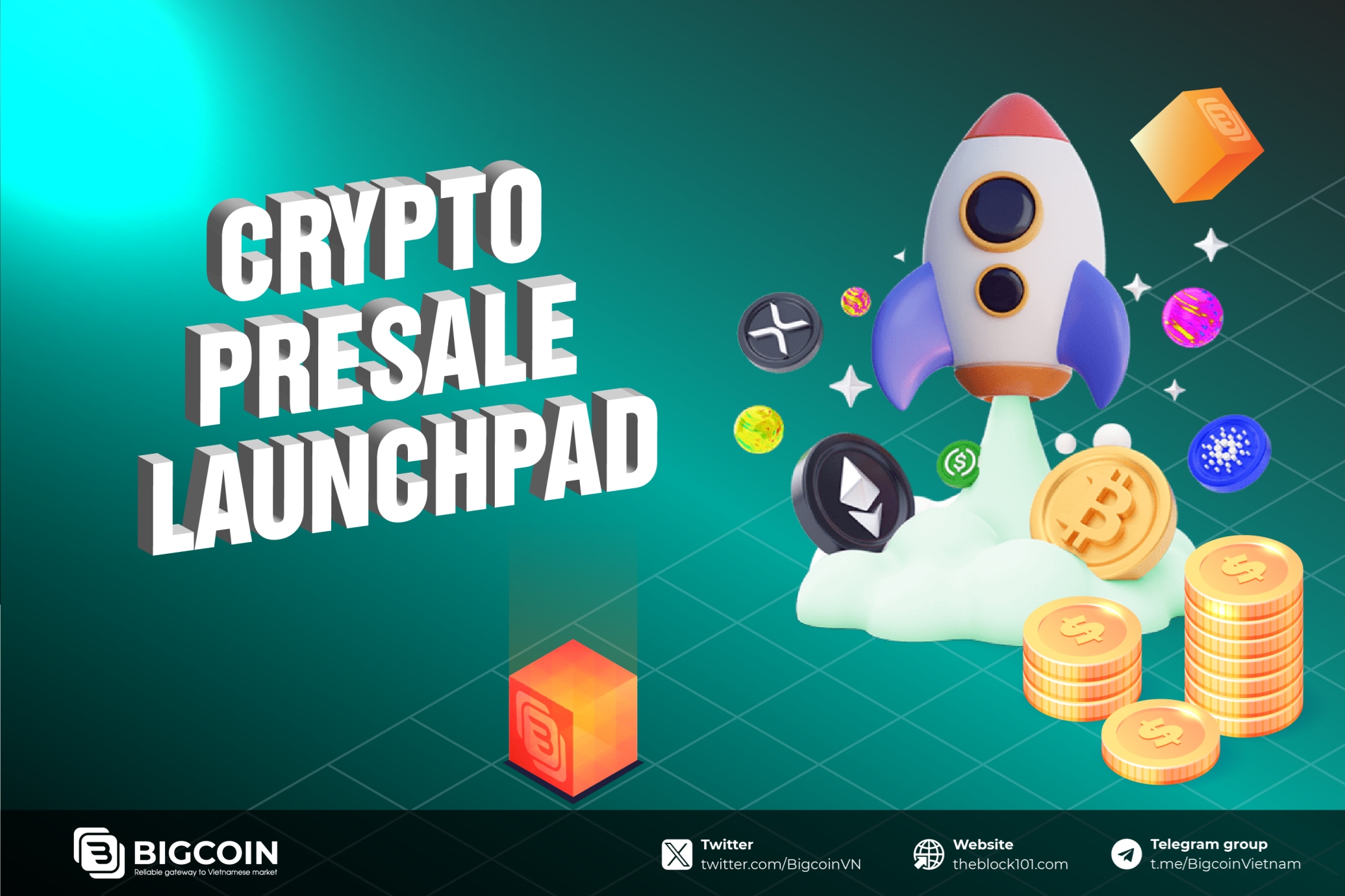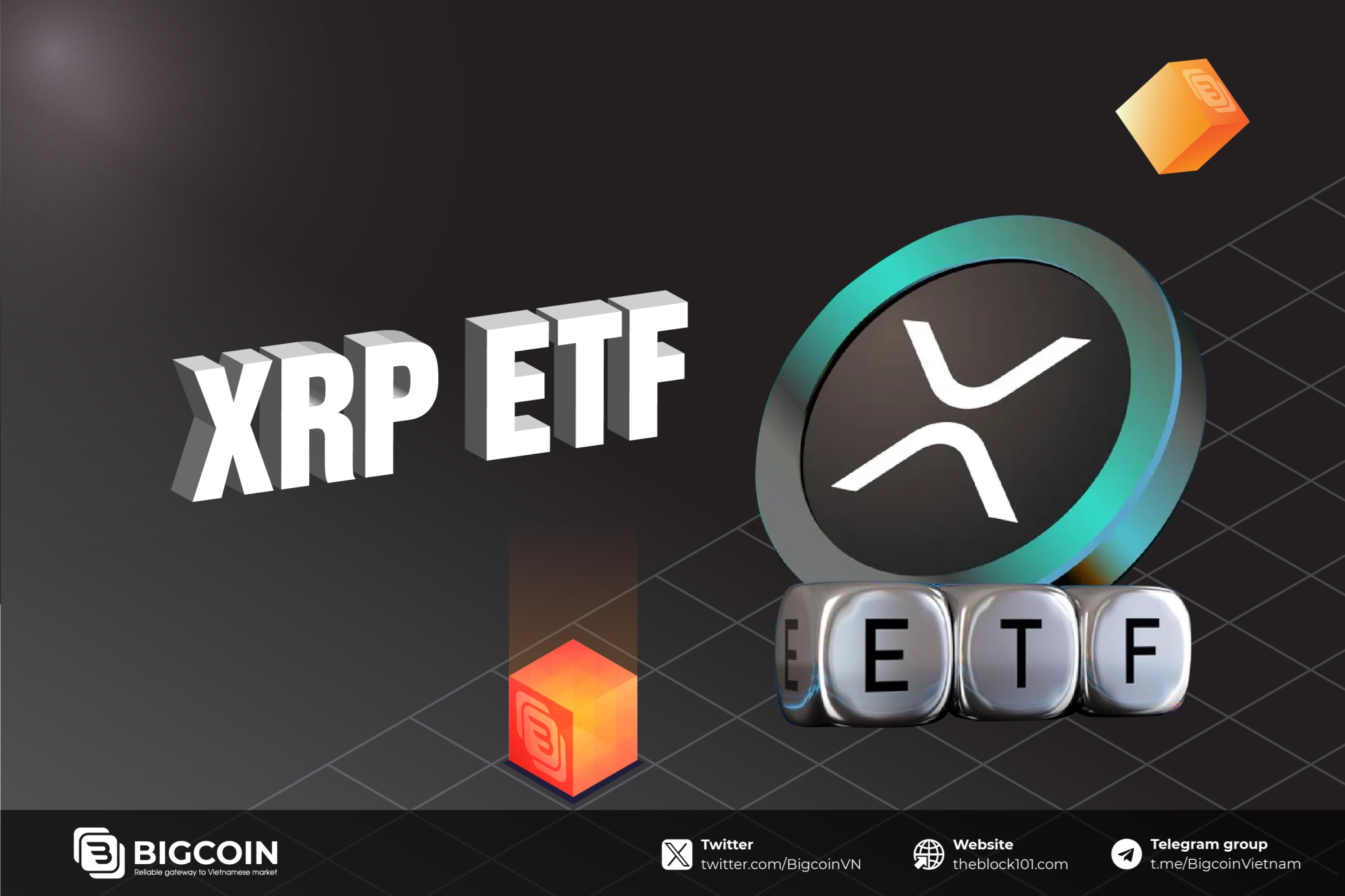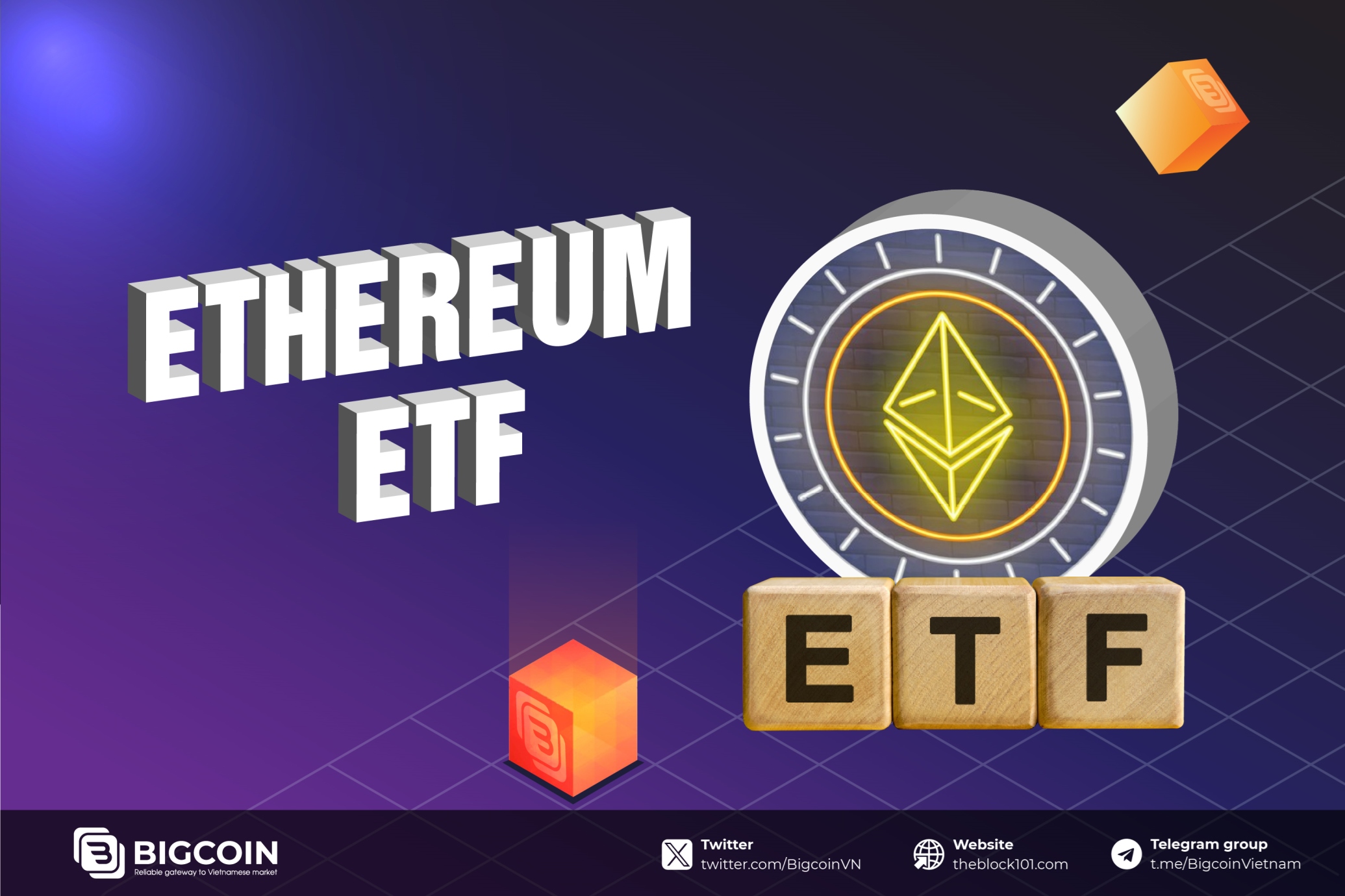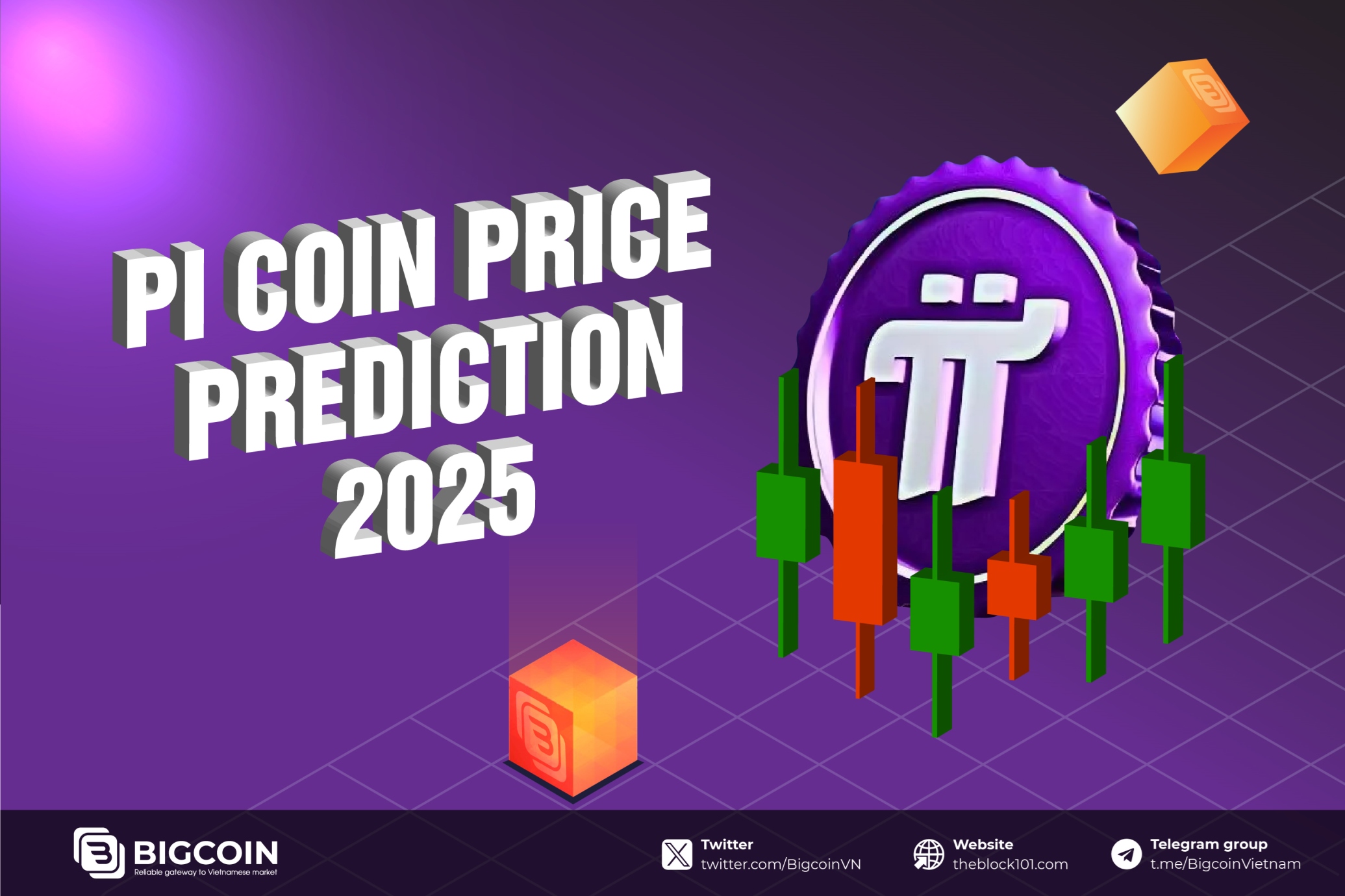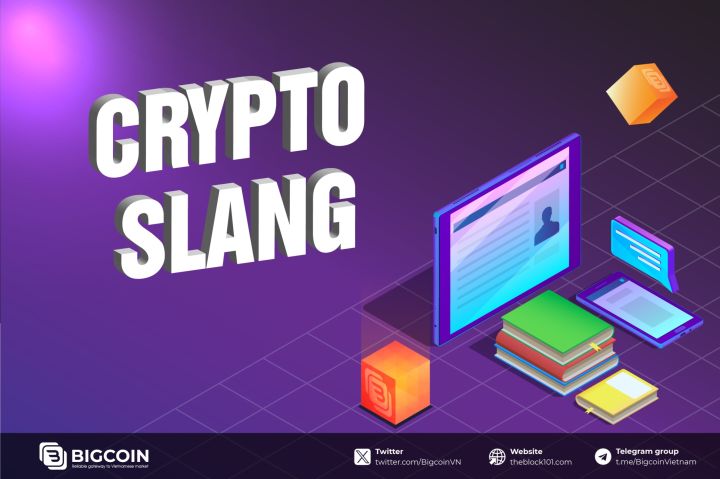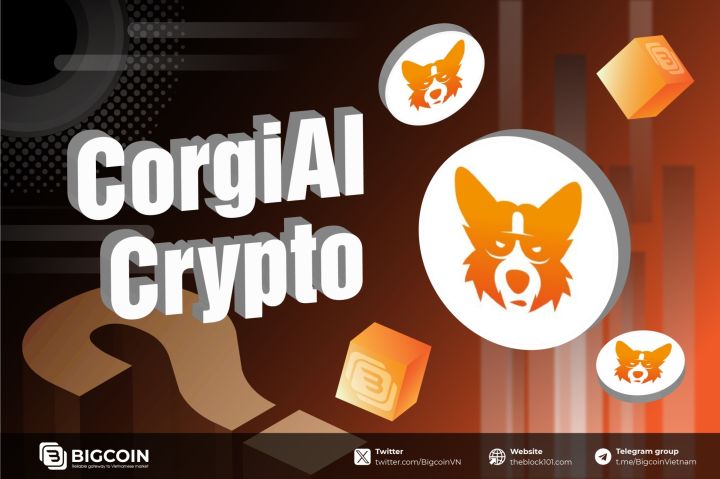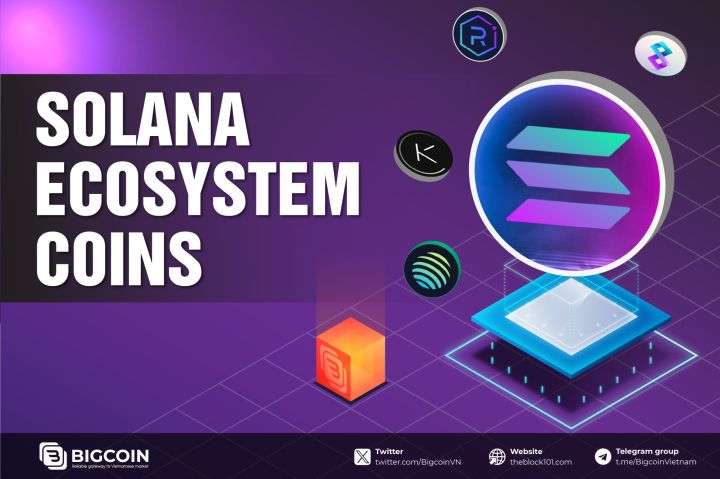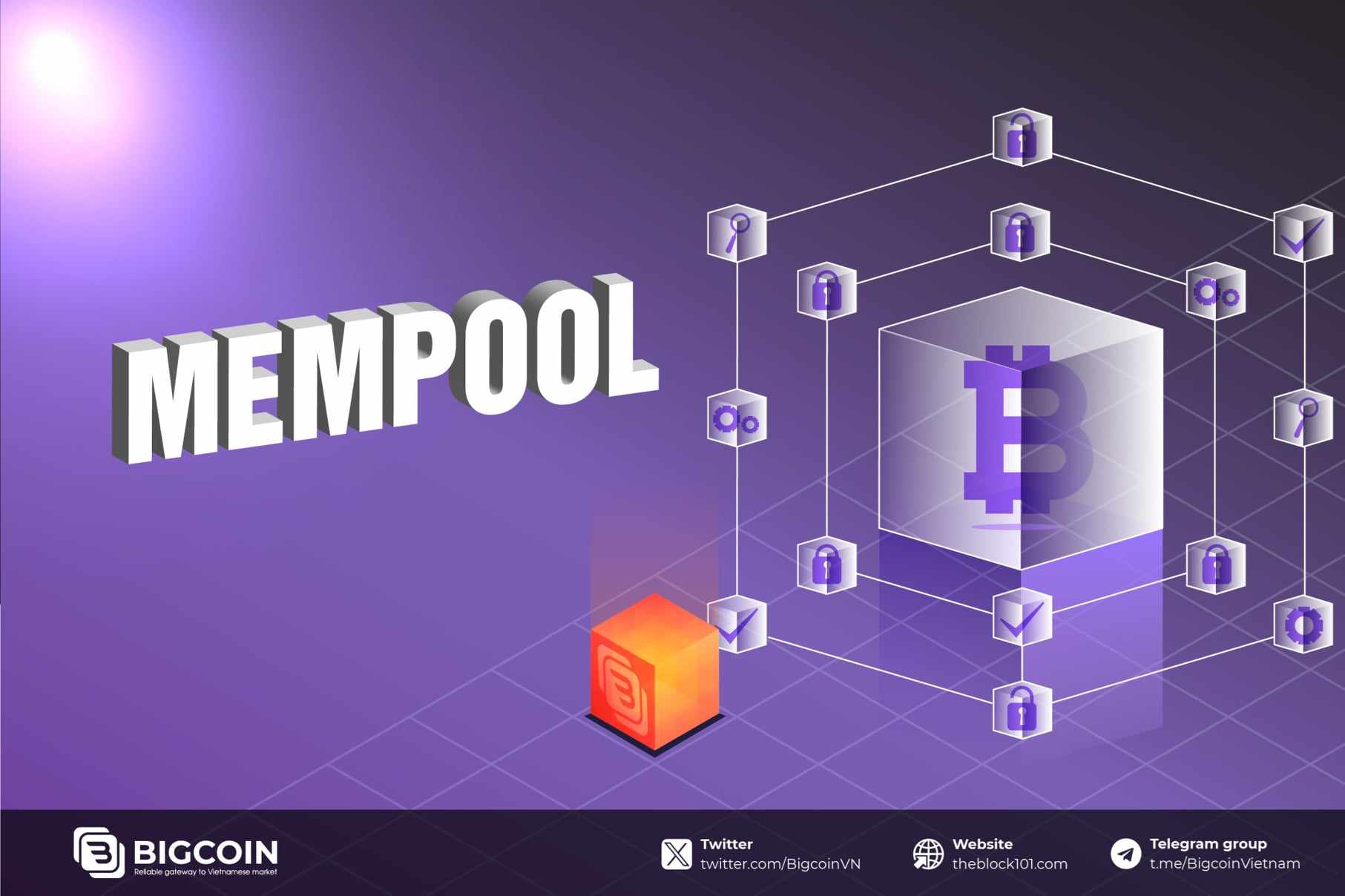
1. What is Mempool?
The mempool, short for memory pool, is a fundamental component of blockchain networks. Imagine it as a waiting room for unconfirmed transactions. When you send a cryptocurrency transaction, it doesn't instantly appear on the blockchain. Instead, it's temporarily stored in the mempool.
Think of the mempool as a pool of pending transactions. Miners, the computers that verify and add new blocks to the blockchain, select transactions from the mempool to include in the next block they create. Transactions with higher fees are typically prioritized, as miners are incentivized to include them first.
The mempool is a crucial component of blockchain technology that directly impacts the speed and cost of transactions. By understanding how the mempool works, you can make more informed decisions when sending and receiving cryptocurrencies.
2. Advantages and Disadvantages of the Mempool in Blockchain
The mempool, a temporary holding area for unconfirmed transactions, plays a crucial role in blockchain networks. While it offers several advantages, it also presents certain challenges.
2.1. Advantages of the Mempool
- Temporary Transaction Management: The mempool serves as a buffer for unconfirmed transactions, allowing users to submit transactions without immediate confirmation.
- Transaction Prioritization: Transactions in the mempool are typically ordered based on fees, enabling miners to prioritize transactions with higher fees and ensure their inclusion in the next block.
- Prevention of Double-Spending: The mempool helps prevent double-spending attacks by ensuring that each transaction is only included in one block.
- Improved Transaction Confirmation: By managing and prioritizing transactions, the mempool contributes to faster transaction confirmation times.
2.2. Disadvantages of the Mempool
- Congestion: During periods of high network activity, the mempool can become congested, leading to increased transaction fees and longer confirmation times.
- Vulnerability to Attacks: The mempool can be targeted by malicious actors who may attempt to flood the network with spam transactions or manipulate transaction fees.
- Unfair Fee Structures: The fee-based prioritization system can create an unfair advantage for users who can afford to pay higher fees, potentially excluding those with lower budgets.
- Difficulty in Cancelling Transactions: Once a transaction is submitted to the mempool, it can be challenging to cancel or modify, especially during periods of high congestion.
The mempool is a double-edged sword. While it is essential for the functioning of blockchain networks, it also presents certain challenges that must be addressed. As blockchain technology continues to evolve, it is likely that we will see innovations aimed at mitigating the drawbacks of the mempool and improving the overall user experience.
3. Why Do Transaction Fees Increase When the Mempool is Congested?
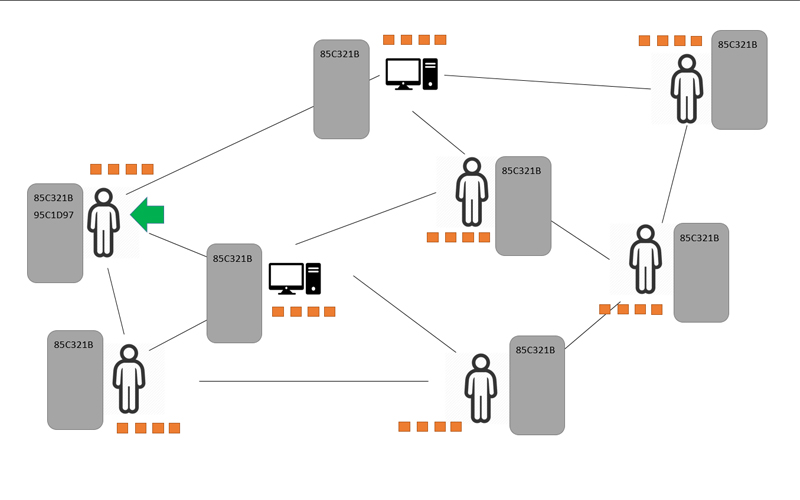
The mempool, as you know, is essentially a waiting room for unconfirmed transactions. When the mempool becomes congested, it's like a traffic jam on a highway. This congestion typically occurs when there's a sudden surge in transaction volume or a decrease in mining activity.
What causes congestion?
- Increased transaction volume: When more people are using the network, the number of transactions waiting to be confirmed increases.
- Decreased mining activity: If there aren't enough miners processing transactions, the mempool can fill up quickly.
Why do transaction fees increase during congestion? To understand this, think of miners as businesses. They have the power to decide which transactions to include in the next block. Naturally, they're more likely to include transactions that offer higher fees. When the mempool is full, miners have more choices and can be more selective.
To get their transactions confirmed quickly, users are often willing to pay higher fees. This creates a competitive environment where users bid against each other for block space. As a result, the average transaction fee increases during periods of congestion.
In summary, when the mempool is congested, transaction fees rise due to increased competition for limited block space. Miners prioritize transactions with higher fees, incentivizing users to pay more to ensure their transactions are confirmed quickly.
4. How the Mempool Works: A Deep Dive

The mempool, or memory pool, is a critical component of blockchain networks. It acts as a temporary holding area for unconfirmed transactions before they are added to a block and permanently recorded on the blockchain.
Key Players in the Mempool:
- Full Nodes: These are nodes on the network that validate transactions and maintain a complete copy of the blockchain. Full nodes play a crucial role in maintaining the network's security and accuracy.
- Miners: Miners are individuals or organizations that use specialized hardware to solve complex mathematical problems. As a reward for their efforts, miners are granted the right to add a new block to the blockchain.
How the Mempool Works:
- Transaction Submission: When a user initiates a transaction, it is broadcast to the network.
- Validation: Full nodes on the network verify the transaction to ensure it adheres to the blockchain's rules. This includes checking for sufficient funds, valid signatures, and adherence to other protocol rules.
- Addition to the Mempool: Once a transaction is validated, it is added to the mempool of each full node.
- Fee-Based Prioritization: Transactions within the mempool are typically ordered based on the transaction fee. Higher fees increase the likelihood of a transaction being included in the next block.
- Block Creation: Miners select transactions from the mempool to include in the next block they create. They prioritize transactions with higher fees to maximize their rewards.
- Block Addition to the Blockchain: Once a block is created, it is added to the blockchain, and the included transactions are removed from the mempool.
- Mempool Update: The mempool is continuously updated as new transactions are added and existing transactions are confirmed and removed.
5. The Mempool and Bitcoin: Scalability Challenges and Future Strategies
The mempool, a temporary holding area for unconfirmed transactions, has been a focal point for research and innovation in the cryptocurrency space. As blockchain networks have gained popularity, the mempool has faced increasing pressure to handle a growing volume of transactions. To address scalability challenges, several strategies have been proposed and implemented.
- SegWit: Segregated Witness is a protocol upgrade that separates the witness data (which includes digital signatures) from the transaction data. This reduces the size of blocks and increases the capacity of the mempool.
- Lightning Network: The Lightning Network is a layer-2 solution that operates on top of the Bitcoin blockchain. It enables off-chain payments, significantly reducing the load on the main blockchain and the mempool.
- Schnorr Signatures: Schnorr signatures are a new type of digital signature that can be aggregated into a single signature. This reduces the size of transactions and improves the efficiency of the mempool.
- Increasing Block Size: While increasing the block size can accommodate more transactions, it raises concerns about centralization and security.
As blockchain networks continue to grow, the mempool will remain a critical component. However, the challenges of scalability will require ongoing research and development. The future of the mempool likely involves a combination of these solutions, as well as new innovations that have not yet been explored.
6. Conclusion
The mempool is a vital part of any blockchain network. By understanding the role of the mempool and the challenges it faces, investors can make more informed decisions about the future of cryptocurrencies. As the blockchain ecosystem evolves, it is essential to stay updated on the latest developments in mempool management and scalability solutions.
Readmore:

 English
English Tiếng Việt
Tiếng Việt
.jpg)

